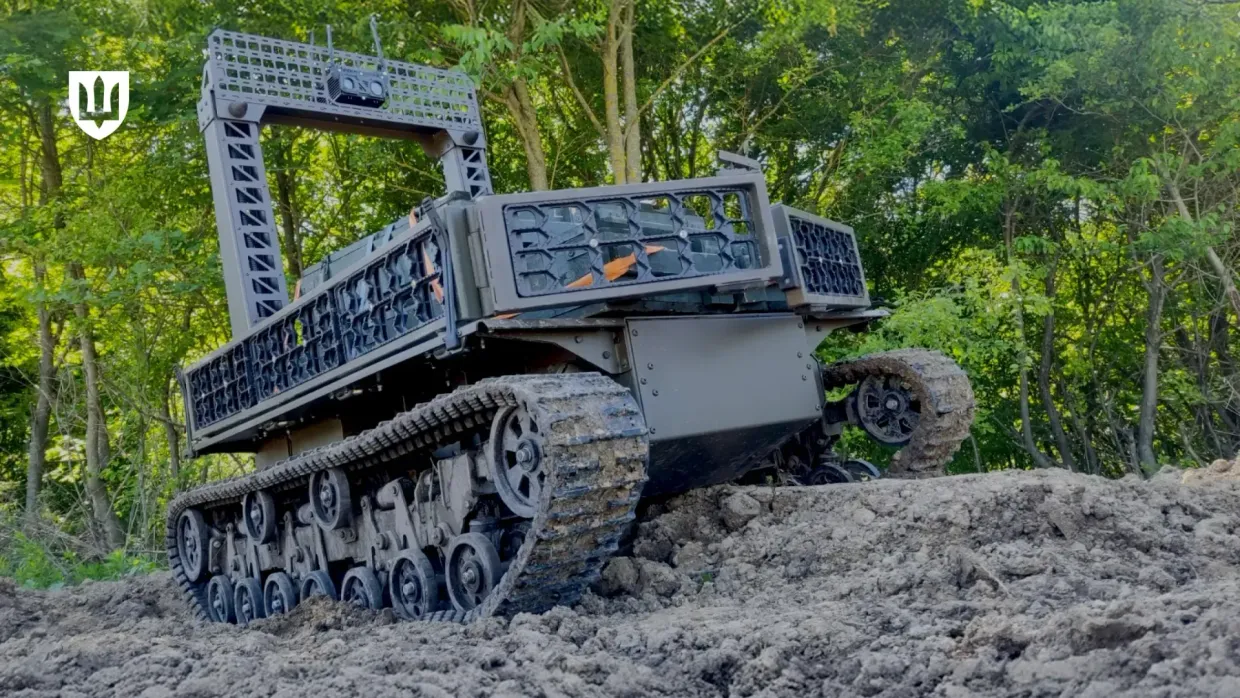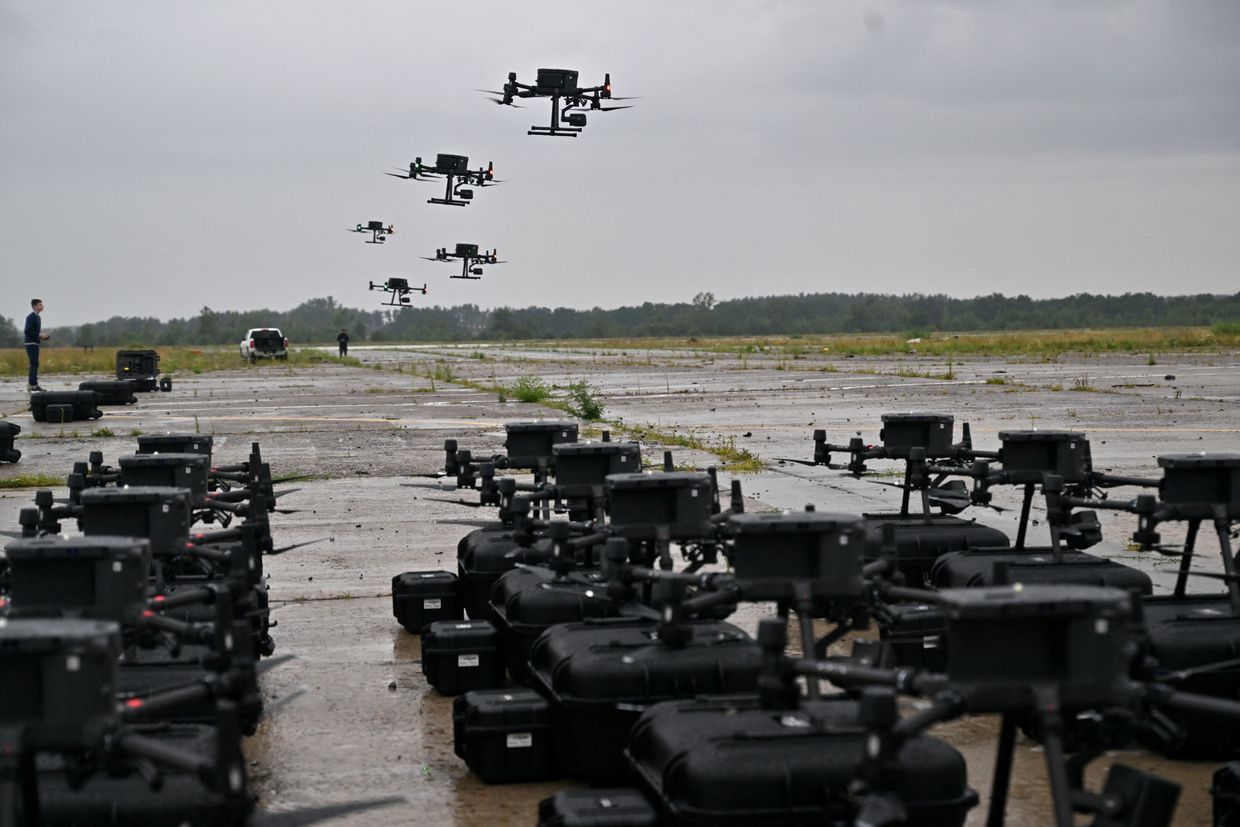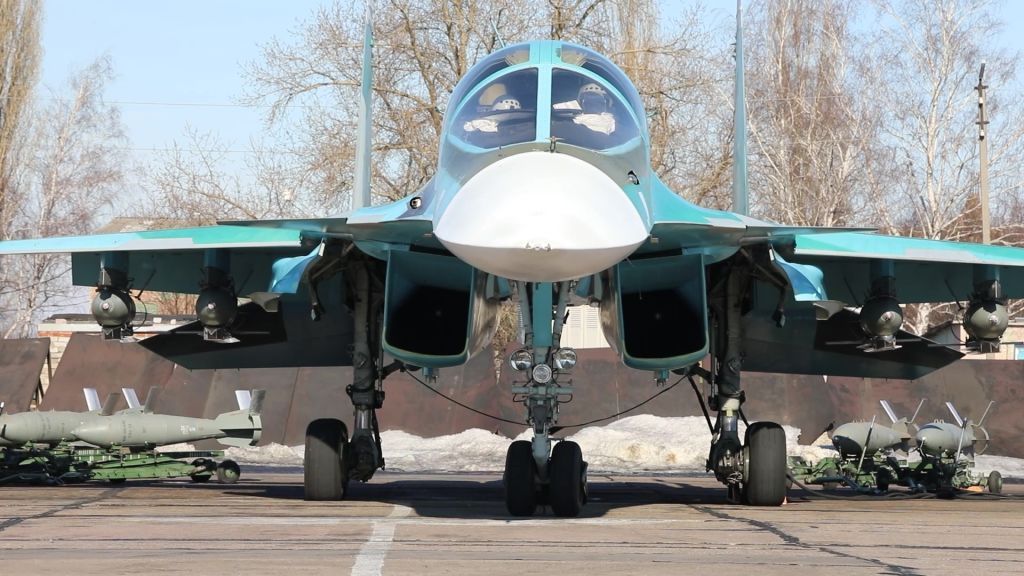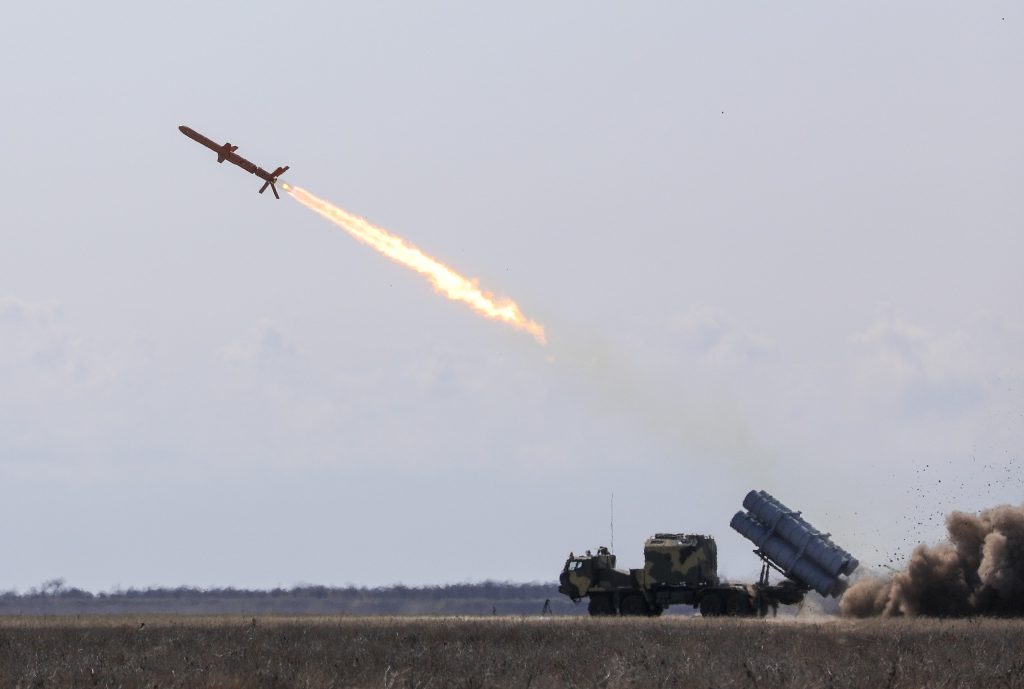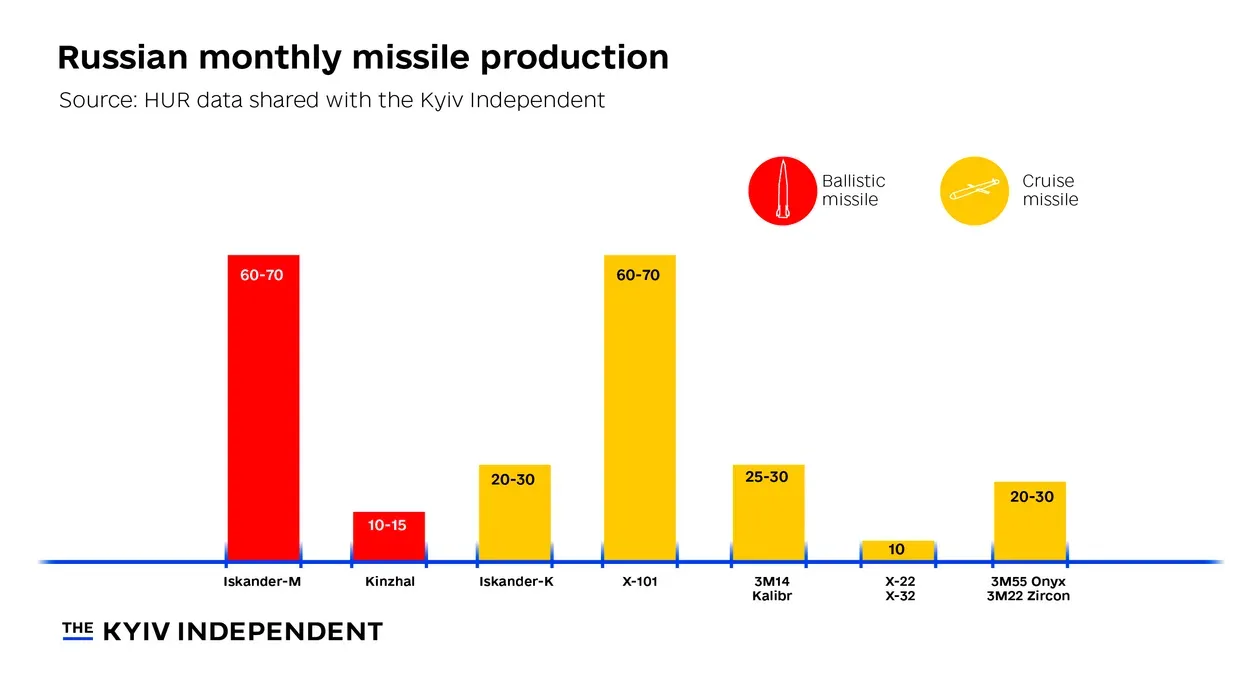Zelenskyy announces reforms to build strong aerial shield and produce half Ukraine’s own weapons by 2025

Ukraine sets clear goals. President Volodymyr Zelenskyy has tasked Ukrainian military leadership with producing at least half of all weapons supplied to the frontlines by the end of 2025.
He also announced a transformation of the National Security and Defense Council (NSDC) apparatus, aimed at strengthening efforts in this direction.
The resident shared these updates following a meeting with NSDC Secretary Rustem Umerov, outlining three key priorities of Ukraine’s defense policy.
Combat aviation becomes Ukraine’s strategic backbone
The top priority, Zelenskyy said, is strengthening the Ukrainian Air Forces.
“This is part of a strategy to create strong Air Forces capable of guaranteeing our state’s long-term security,” Zelenskyy stated.
New defense agreements are being prepared to expand the capabilities of Ukraine’s combat aviation.
Diplomacy and defense needs remain a critical front
The second priority is active diplomacy and aligning Ukraine’s defense requirements with international partners.
This week, meetings are planned with leaders of the European community and the Coalition of the Willing, where Ukraine will present an updated list of requests, including:
- air defense systems;
- the contents of defense support packages;
- equipment for restoring energy infrastructure after strikes;
- coordination of sanctions policy.
NSDC restructuring aims to boost defense industry efficiency
The third priority focuses on strengthening the defense-industrial component and preparing for upcoming NSDC sessions.
“To fully meet defense needs, a transformation of the NSDC apparatus will be carried out,” Zelenskyy said.
